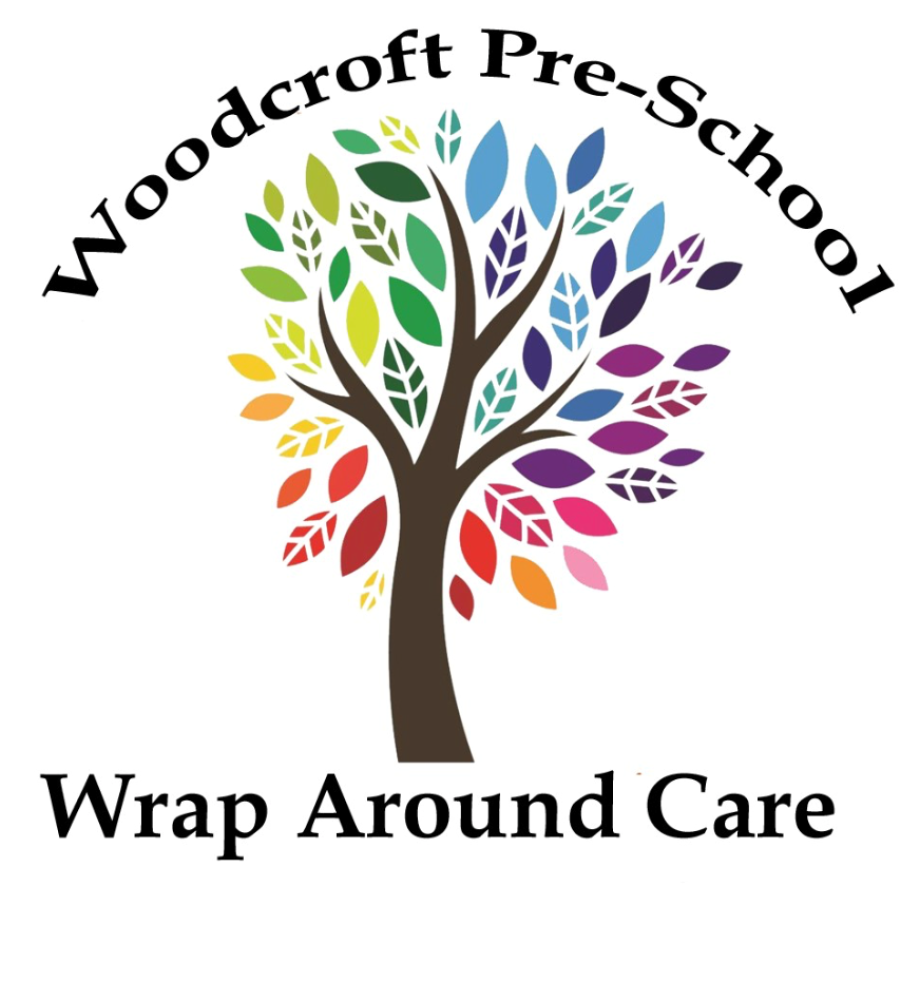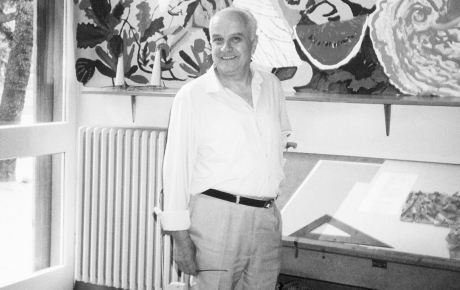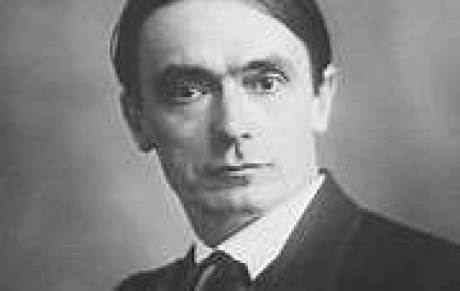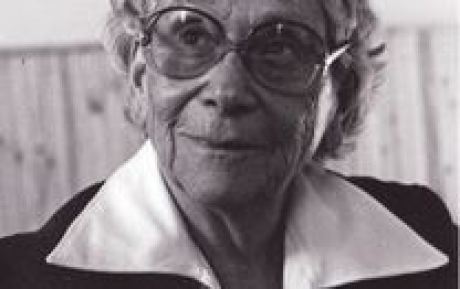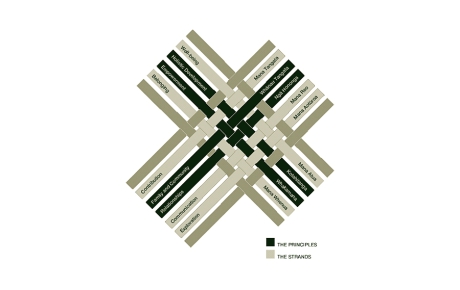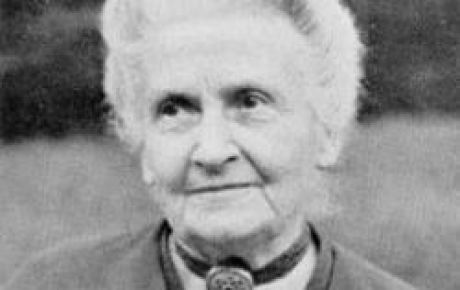The Montessori method of education is a non-traditional approach to learning that focuses on fostering a sense of independence and personal development in the classroom. Some of its unique
components include three-hour time blocks for activities, mixed-age classrooms, and specific learning materials and curricula.
This educational philosophy was created by Maria Montessori, an Italian physician and educator who strengthened her views on education while working in Rome in the late 1890s with developmentally
delayed children.
Many incredibly talented individuals learned and grew with the Montessori method. These individuals have gone on to be hugely successful in a wide range of disciplines, from politics to the tech
industry, to the arts.
Famous Montessori graduates include: Jeff Bezos, founder of Amazon.com; Sergey Brin and Larry Page, co-founders of Google; Anne Frank, World war II diarist; Prince William and Prince Harry, sons of
Charles, Prince of Wales; George Clooney, Academy-award winning actor; Chelsea Clinton, daughter of Bill and Hillary Clinton.
Although there are many benefits to the Montessori method and several empirical studies reveal promising results, there are some downsides to this type of education, such as expensiveness and lack of
structure. Nevertheless, there are still tens of thousands of Montessori programs all over the world.
The Montessori method of education, named after its founder Maria Montessori, is an approach to classroom learning that emphasizes independence and choice.
This theory of teaching understands that children have an innate interest to learn and will be able to do so in a suitable environment. It strives to create a classroom that is filled with order,
cleanliness, beauty, and harmony.
Contrary to the goal of most educational settings, which is to have its students reach maximum achievement in certain academic subjects, the Montessori method creates an environment that promotes
a child’s optimal intellectual, physical, emotional, and social development to occur.
A Montessori classroom will definitely look different from what you may envision a normal learning environment to look like.
Nevertheless, there are many benefits to this approach to education, and Montessori schools still exist all around the world more than a century after the first classroom was created
